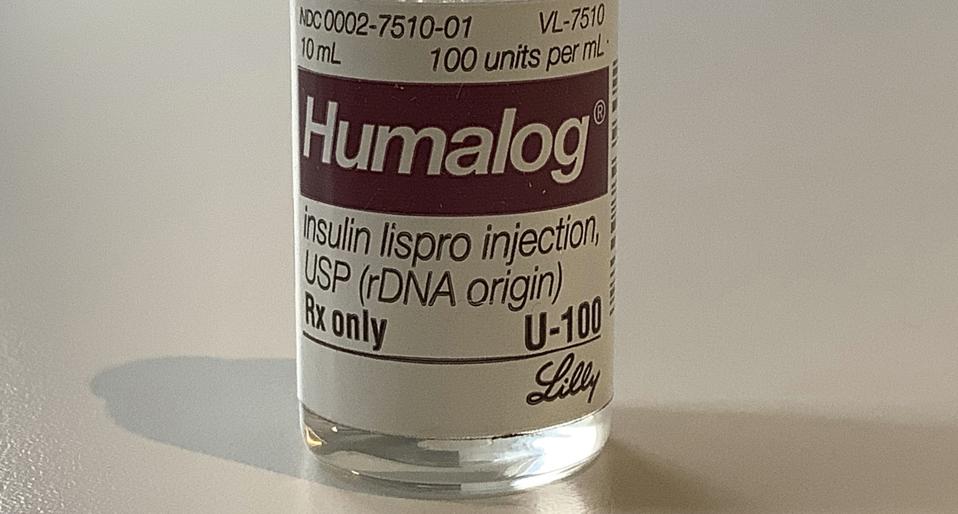In what could represent a significant transformation of the insulin marketplace, Eli Lilly has announced it will slash the price of two of its insulin products by 70%; Humalog (insulin lispro) and Humulin (human insulin). Additionally, the company plans to greatly expand an existing patient assistance program by capping commercially insured and uninsured patients’ out-of-pocket costs at $35 a month.
The announcement by Eli Lilly comes in the wake of numerous (proposed and enacted) legislative measures at the state and federal levels to impose out-of-pocket cost caps on insulin.
The Inflation Reduction Act provides for a $35 per month cap on insulin products for Medicare beneficiaries. Last month, during the State of the Union Address, President Biden implored Congress to extend the cap to the commercial insurance sector.
List prices of insulin products soared during the 2010s. Annually, there were sometimes double-digit percentage increases. Companies have defended these increases in list prices by citing the rebate game they must play with pharmacy benefit managers (PBMs), who are extracting ever greater rebates off of the wholesale acquisition cost. The expanding gross-to-net bubble – a term coined by Adam Fein – has led to stagnant or even negative growth in net prices.
Because patient co-insurance is calculated on the basis of list prices, they matter to patients. Moreover, insured patients incur list prices in the deductible phase of their drug benefit. Lastly, uninsured patients are the most impacted by high list prices.
Currently, Humalog and Humulin can cost hundreds of dollars a month. For example, Humalog has a list price of $530 for a five-pack of injection pens and $274 for a vial.
At present, even (commercially) insured patients spend on average more than $750 annually on insulin. Uninsured patients spend at least twice as much.
The 70% price cuts which Eli Lilly posted will take effect in the fourth quarter for Humalog and Humulin, its two biggest-selling insulin products. Apart from this move, the manufacturer stated that as of May 1st it will reduce the list price of an unbranded insulin (lispro) it sells from $82 to $25 a vial.
Also, Eli Lilly said that in April it would launch a therapeutically interchangeable biosimilar basal insulin called Rezvoglar (insulin glargine-aglr). This product will directly challenge the originator biologic, long-acting Lantus (insulin glargine). Eli Lilly will list Rezvoglar at $92 for a five-pack of injection pens, which is 78% less than the list price for Lantus.
It will be interesting to observe whether other insulin-manufacturing companies will follow suit with price reductions. They may have to, as otherwise they could lose a considerable amount of their market share. In addition, it will be intriguing to note how payers and PBMs respond. Will they offload some of their financial exposure by increasing patient cost-sharing, knowing that Eli Lilly will pick up the tab?
Eli Lilly’s announced changes follow years of mounting criticism from politicians on both sides of the aisle, as well as ordinary American citizens who demanded that insulin be made more affordable.
Indeed, insulin has been a hot button issue in Washington D.C. for a long time, given the steadily rising out-of-pocket costs for patients. For more than seven million Americans, insulin is an essential treatment to control diabetes.
Did Eli Lilly capitulate to the pressure? Perhaps. But, there may actually be a monetary advantage to Eli Lilly for pursuing list price reductions rather than continuing down the traditional high list price/steep rebate route. The cuts in list prices may preempt future losses in the Medicaid market.
Regardless, the lowering of the out-of-pocket cost burden represents a transformative moment for insulin-dependent patients in the U.S. Diabetes can be life-threatening for these patients if their disease is not under proper control. In this light, it was troubling to learn that 16.5% of diabetics said they rationed insulin in 2021 due to the high out-of-pocket cost.
Ultimately, what’s most important is that after years of advocacy and debate, insulin-dependent diabetic patients enrolled in public as well as commercial sector insurance plans, and those without insurance, will at long last have comprehensive financial relief.

